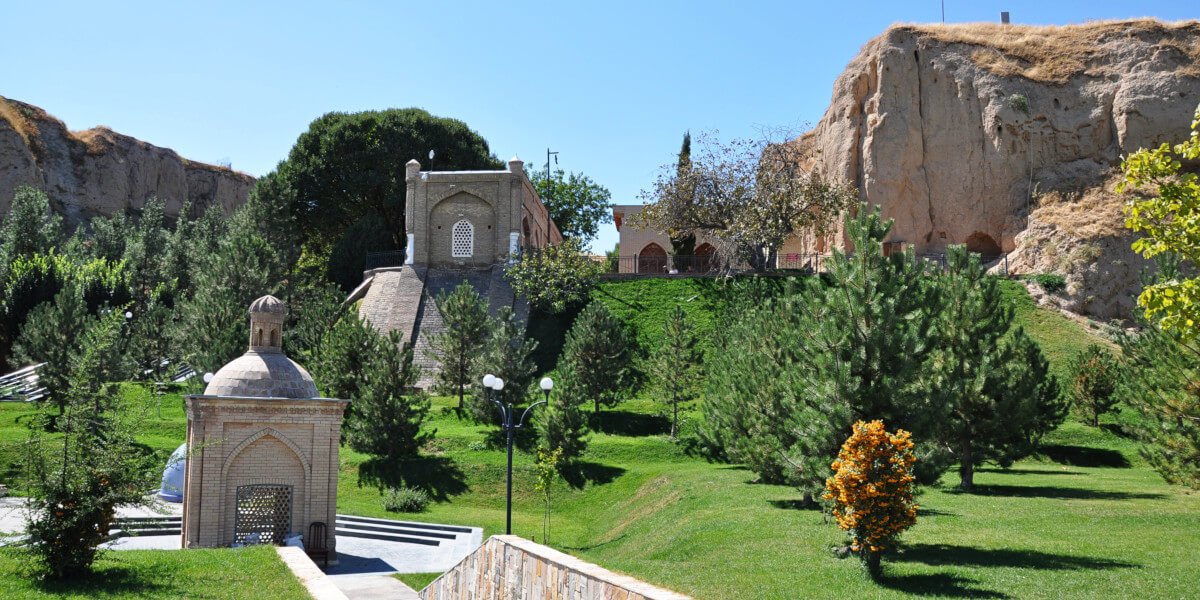At 17, he was captured by the Babylonian king Nebuchadnezzar. However, because Daniel showed himself to be an educated spiritual man at a young age, the ruler appointed him to lead all magicians and southsayers. Daniel could interpret dreams and make appropriate predictions. Towards the end of his life, he moved to Susa in present-day Iran, where he died and was buried.

Legend has it that the saint’s remains bring good luck. Those who possess them are said to be prosperous. It is believed that this is why Timur had brought the bones to Samarkand when he conquered Susa. Samarkand was to become a prosperous region.
Another legend says that after the burial in Samarkand, the tomb grew and became 18m long over the years. Later, the tomb was covered with stone along its entire length. A five-domed mausoleum was built around the grave in the traditional style. Believers of three religions visit this place.
There is a spring not far from the mausoleum; the water is considered holy and is drunk by pilgrims.
Interesting fact
Next to the mausoleum grows a pistachio tree that is more than 500 years old. Towards the end of the 20th century, the tree had dried up. In 1996, Patriarch Alexius II, the former head of the Russian Orthodox Church, visited Samarkand to consecrate the Alexeyevsky Cathedral, built in 1912. As part of his stay, he was also taken to the tomb of St. Daniel. He prayed inside the mausoleum and then sprinkled holy water over the tree. A short time later, the tree blossomed again in its old splendour. It is considered a miracle in many places.